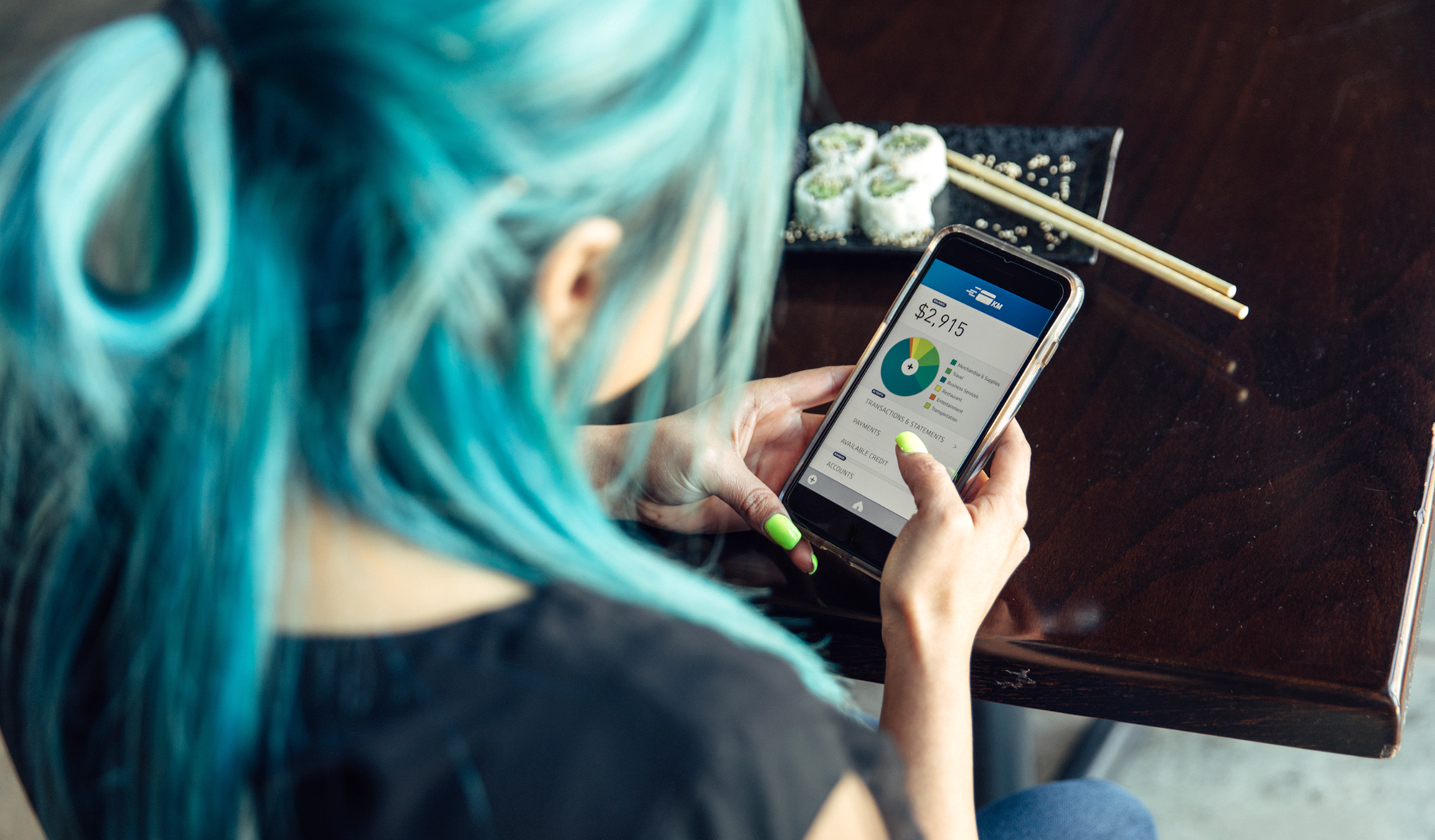What’s a Rainy Day and Why am I Saving for One?
Saving for a rainy day means managing your money in a way that keeps a little bit aside out of every pay cycle in case of minor emergencies, like a rainy day when you were planning for sunshine. Rainy day funds are ideal for drawing on for little things like replacing your whitegoods when one suddenly stops working or for covering unexpected car repairs that come up in a routine maintenance service. This kind of savings account should be liquid – i.e. you should be able to access the cash stored in this type of account very quickly. Keeping a rainy day fund helps to ensure that your regular cash flow is unaffected when unexpected expenses arise. A fund like this helps to keep your spirits up when your luck isn’t in. Knowing that you have a bit of extra cash tucked away is about maintaining your financial confidence, even when the worst happens.
Rainy day funds are a bit different to the more serious savings account: emergency funds. Emergency funds accounts, otherwise known as contingency funds, are designed for financially supporting an individual if the worst should suddenly occur and your income stream suddenly ceases. This might be due to a sudden and unexpected job loss, serious illness or injury, or even global events like a worldwide pandemic. These kinds of savings accounts are safety nets, designed to help you cover your living expenses for a few months while you’re looking for work or trying to get back on your feet. Ideally, these funds should remain untouched unless you really need to dip into them.
When creating an emergency fund, aim to include funds that can comfortably cover your living expenses for about 3 to 6 months. Living expenses should include your rent or mortgage payments, grocery bills, childcare expenses, debt repayments, transportation costs (public transport or petrol and car maintenance costs), as well as everyday spending money.
Starting a rainy day savings account
Setting up your rainy day fund is quick and easy. First, you’ll want a dedicated account that is separate from your everyday spending account. Most banks will offer customers the ability to open multiple linked savings accounts through which they can move money quickly and easily, usually instantaneously. Nominate an amount that you’d like to ideally keep in your account at all times. Think about previous small expenses that have arrived unexpectedly and use these examples to help you choose how much you should be aiming for. A good baseline amount is $1,000 but everybody is different so spend some time thinking about what works best for you.
Next, you’ll need a strategy for saving your nominated amount. If you have chosen $1,000 then you’ll need to work out how long it’s going to take you to get that amount. If you can comfortably afford to save $50 every fortnight then that’s $100 every month. In 10 months you’ll have your nominated amount saved. When you start a savings plan and strategy, always try to remain mindful of the time it takes to reach your savings goals. Try to remain realistic and thank yourself regularly for looking after yourself. Your little funds will grow more quickly than you realise.
Starting an emergency funds account
A savings account for emergency funds works a bit differently. While rainy days can be comfortably covered with $1,000 tucked away, losing your job or falling ill suddenly is likely to cost you a lot more. When these kinds of life events hit, the last thing that you want to be worried about is money woes. Knowing that you have a comfortable safety net that can keep your life afloat for at least three months can do wonders for building financial confidence.
If you’re living expenses are about $3,000 per month then ideally you’ll want an emergency funds account with at least $9,000 available to draw on if you need to. This might seem like an impossible amount to save but remember that a savings account grows more quickly than you realise and by setting aside just $500 every month, you could have your target funds saved in 18 months. Tax returns and other unexpected windfalls can help you get to your savings target faster so consider stashing a bit extra when you have it. Just like your rainy day account, keep your emergency funds relatively liquid so you have quick and easy access to them when you need to.
What if I don’t have a rainy day account yet and it’s pouring outside?
Life is full of ups and downs and planning for those rainy days takes time. When sudden and expected expenses arrive and you don’t have a savings account to help you get through the tough moments, there a range of other credit options available that can give you some short term relief. In fact, there a range of credit options available to help you get on the front foot with regard to your finances and finally make preparations for things like your emergency funds and your rainy day savings.
Personal loans are loan products designed to offer an individual a lump sum cash amount that is then repaid to the credit provider with regular instalments over a set period of time. The repayment amounts can be made weekly, fortnightly or monthly, depending on works best for your pay cycle. Personal loans come in a range of sizes and product types from quick cash advance loans designed to act like rainy day funds when you need to cover expenses quickly, through to larger products like renovation loans or university loans to help pay tuition costs.
MONEYME is Australia’s wholly online lender offering easy loans for Aussie customers which take just a few minutes to apply for, completely online. If you’re in need of quick cash loans, then we offer you a fast online application process and quick approvals. In some cases, you can even access the funds that you’re looking for the very same day that you have been approved for your quick loan.
If you’re not sure whether you can comfortably afford a cash loan, then the first thing you should do is find an online personal loan calculator. These tools are designed to break down the total cost of your easy money loan, showing you what you pay in interest over the term of the loan and how that’s calculated into your monthly repayments. Whether it’s a mini loan or something larger like a travel loan, an online calculator will give you an indicative monthly repayment amount you can factor into your current budget to check how affordable those repayments really would be.
Saving for a rainy day means putting a little something aside every pay day to help smooth over life’s little financial bumps. Emergency funds are savings designed to support you for at least three months should you suddenly find yourself out of work. If you don’t already have these kinds of accounts – or you’re working on building them – then we can help you out in the interim. Apply online for loans of all sizes from $2,100 to $50,000 or for a line of credit of up to $20,000 today.


 Team MONEYME
Team MONEYME ">
">
 ">
">
 ">
">